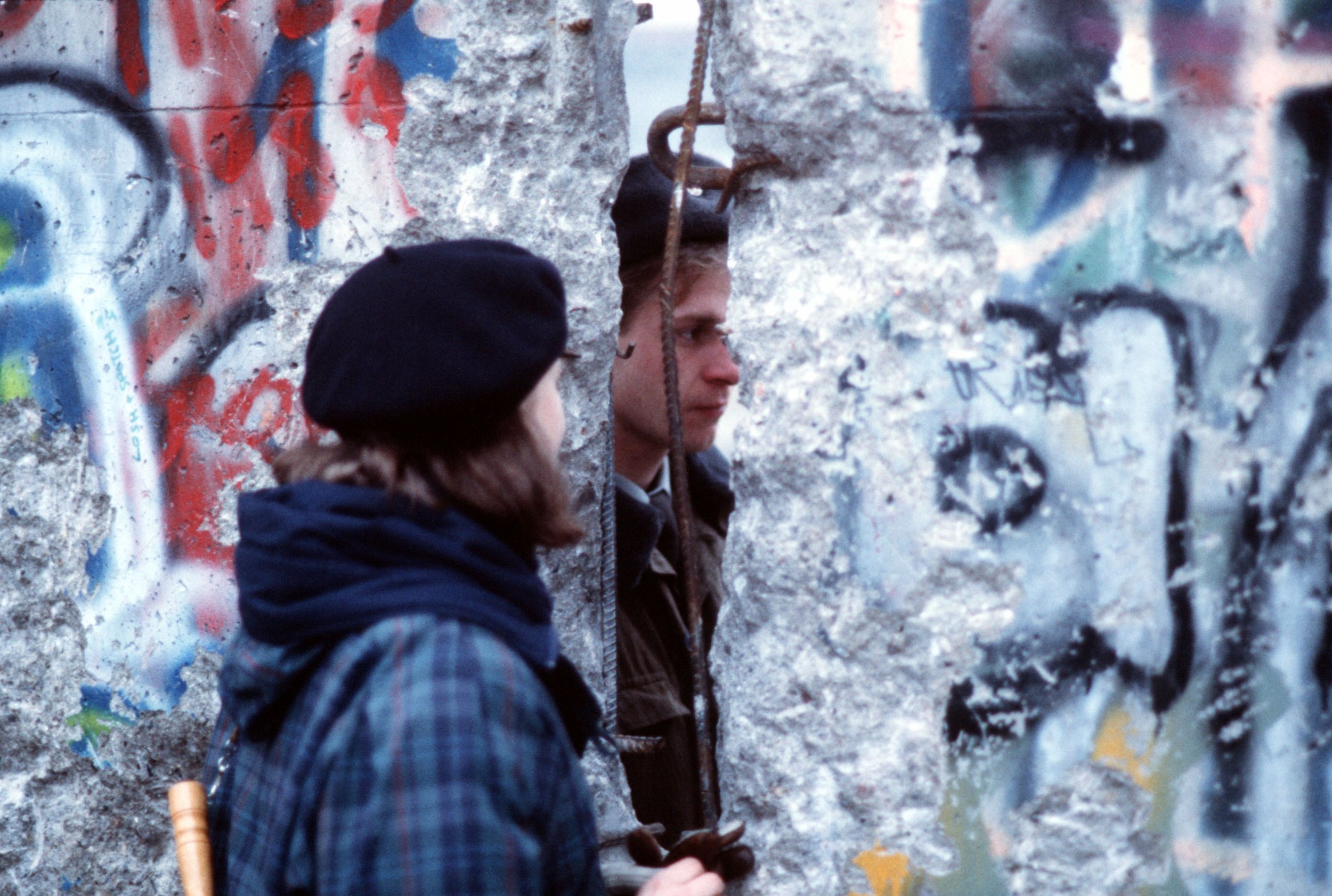Whole, Free, At Peace:
The struggle to overcome the division of europe
Book manuscript in preparation
The Cold War divided the European continent, so much so that it was a physical barrier — the Berlin Wall, separating East Germans from the western enclave in their midst — that came to be the conflict’s most powerful and enduring symbol. But by the late 1980s, those divisions no longer seemed so rigid. Mikhail Gorbachev, the leader of the Soviet Union, spoke in soaring terms with appeals to a common European home. In the summer of 1989, the fences dividing socialist Hungary from its neutral neighbor, Austria, came down. By that fall, so too had the Berlin Wall. For a moment, at least in European politics, everything seemed possible.
Whole, Free, At Peace tells the long history of efforts to transcend the division of Europe, both before and after 1989. Starting with the division of Europe in the final months of World War II, I follow the various politicians, dissidents, scholars, and activists who envisioned alternatives to the East-West binary, even in the depths of the Cold War. With the fall of the Berlin Wall and the crumbling of communist rule across Central and Eastern Europe, politicians embraced the chance to remake the European order and erase the old dividing lines. The 1990s witnessed the expansion of Western institutions like the European Community and the North Atlantic Treaty Organization (NATO), policies that proponents championed as a way to make Europe whole after decades divided.
There were, it turned out, clear limitations to this political project. In the 1990s, Western leaders desperately hoped to avoid drawing new lines across the continent. Decades later, it is hard to escape the conclusion that a new dividing line emerged, whether or not policymakers intended it. Whole, Free, At Peace is the story of how and why this division endured.
“A West German girl speaks with an East German guard through an opening in the Berlin Wall,” December 21, 1989.
National Archives and Records Administration, National Archives Identifier 6460721.
